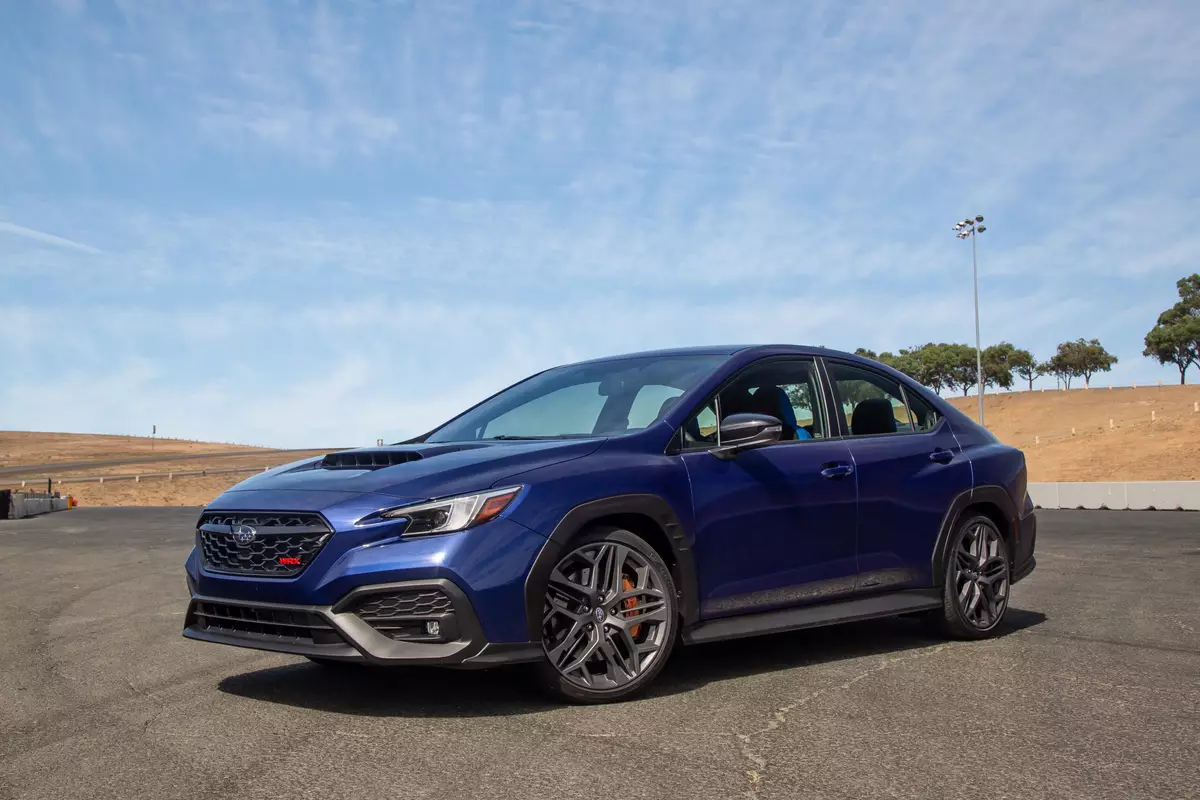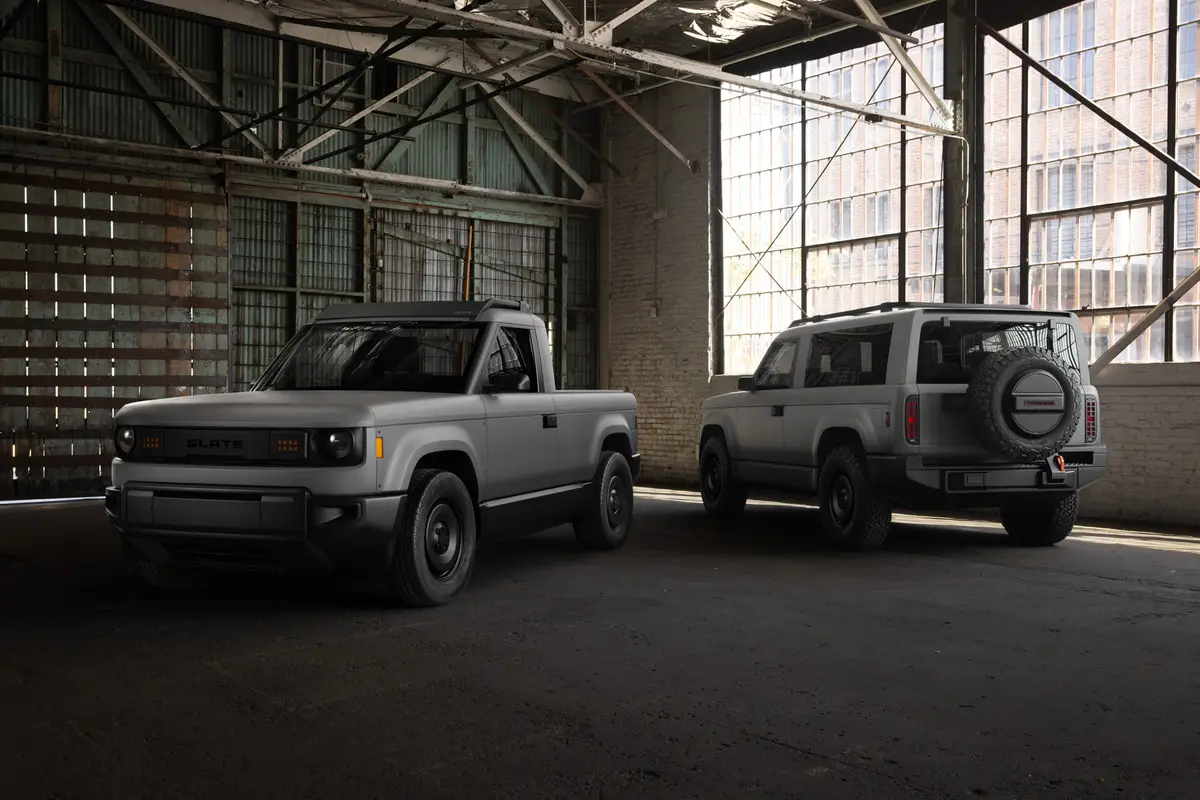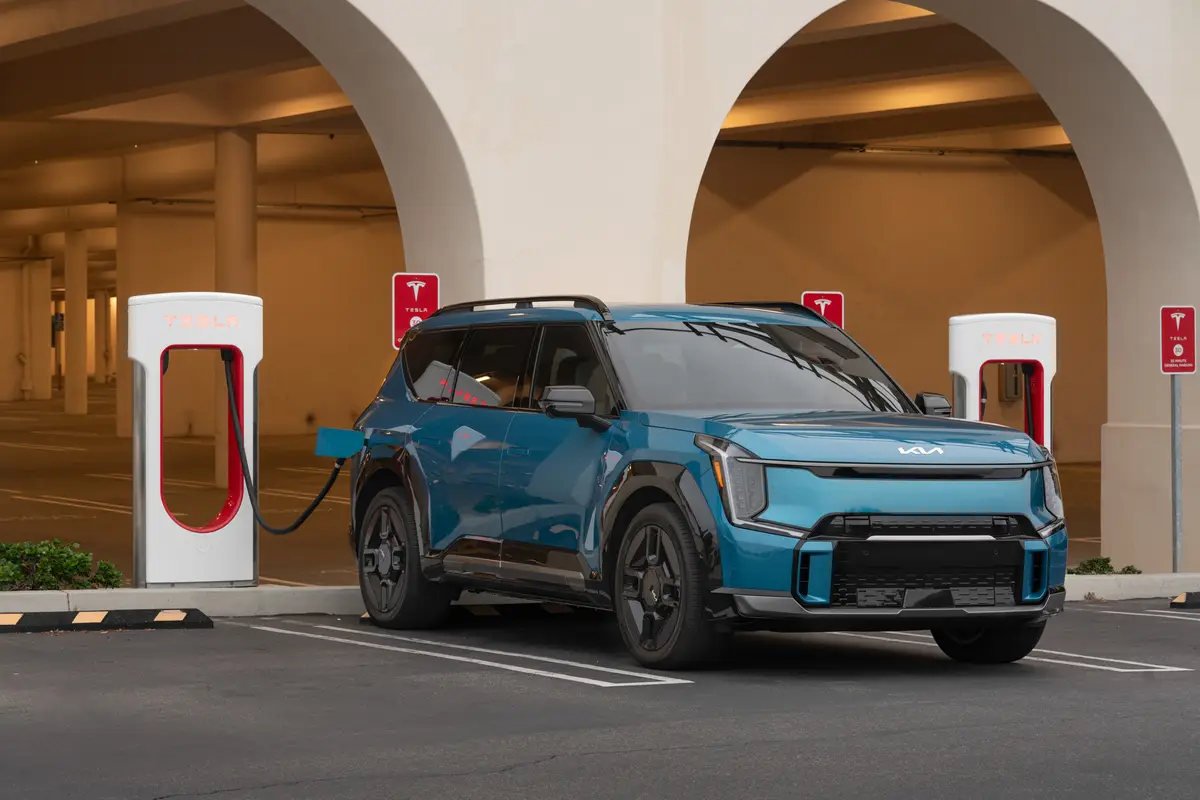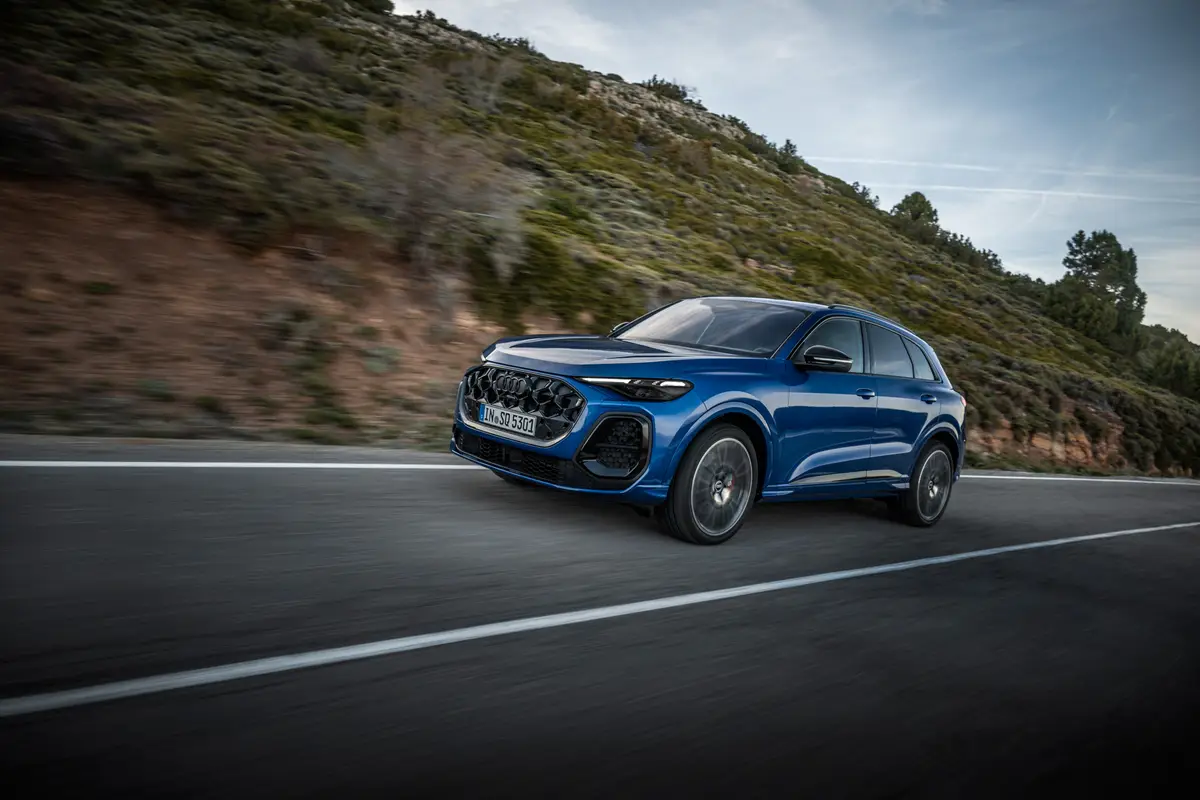2025 Subaru WRX tS Review: Top of the Food Chain


The verdict: As long as you’re OK trading up or resisting trim envy for a hypothetical future WRX STI, the new WRX tS is the current top-dog super-Subie with its adjustable suspension, digital display and all the WRX TR’s goodies.
Versus the competition: Moderately outgunned in performance when compared to the Toyota GR Corolla and Honda Civic Type R, the WRX tS is still a strong performer that balances refinement and interior quality.
Settle down, class. Inspired by the release of the new 2025 Subaru WRX tS, we’re learning about current production WRX variants, where they fall in the lineup and what they signal for the future of the brand. Nuh-uh! No moaning. I know Subaru’s trim lineup can be a mite confusing, but it all makes sense if you apply a bit of logic to it. But before we get into the new tS, we need to start at the beginning — or rather, the “base” version of the current-generation WRX.
It’s a somewhat controversial chapter of the WRX storybook, but understanding the core WRX makes understanding the rest simple, particularly from a powertrain perspective. All current-generation WRXs (base, TR, tS, GT) use the same turbocharged 2.4-liter flat-four-cylinder engine that makes 271 horsepower and 258 pounds-feet of torque. That’s right: No matter how much more you spend and what suffix appends your “WRX” badge, you command the same power as the basest-of-base WRX.
Related: 2025 Subaru WRX tS: A Handling Package for the WRX
TR and tS: What’s the Difference?


























Outside of the manual-only TR and tS, buyers can also spec their new rallyista hotshot with a continuously variable automatic transmission, but the notchy six-speed manual is the most popular pick, according to Subaru. The range-topping WRX GT is perhaps the most controversial variant of the bunch, offering a heap of exclusive performance goodies like an adjustable suspension, Recaro seats and configurable drive modes, but not a manual transmission.
WRXers were understandably upset. This 2025 WRX TR was a semi-effective salve for all of those chapped asses, living up to its “Tuner Ready” namesake with big honkin’ Brembo brakes at all four corners, retuned steering, a stiffer suspension, Bridgestone Potenza S007 summer tires and standard Recaro seats.
Got it? Good — then the tS should be a cinch. The tS rumbles about with the same sticky Potenzas, wheels, Recaro seats, six-speed manual and Brembo brakes as the TR, but it incorporates the configurable drive modes of the GT and a set of electronically adjustable shocks tuned by STI.
STI, Aye Aye Aye
Those three little letters make a welcome return with the tS, even if this is far from a full-on WRX STI that a large swath of Subie superfans desperately want. As it does on the BRZ sports car, tS stands for “Tuned by STI,” with enough fettling from Subaru’s storied motorsports division to earn “STI” branding on the tS’ new 12.3-inch digital gauge cluster.
Now that we’re caught up, let’s talk about how the thing actually drives. I spent a week in a WRX TR roughly a month before I drove the tS, so I came mostly prepared; I’ve not driven the base WRX, nor have I wheeled a GT, but I’m told by those I trust that the TR’s retuned steering, suspension and beefy Brembos are significant leaps over the standard WRX, which was critiqued for light, artificial steering and a mushy suspension when compared to the prior generation.
Hardware Huddle
Out on familiar canyon roads, the TR was impressively capable and hugely quick for a 3,400-pound, sub-300-hp four-door. Like the tS, power delivery is charmingly characteristic of the WRX species, with solid power sustained through the range cut with moments of strong boost. Even with a set of severely heat-cycled, track-chewed tires, my TR test car was tremendously grippy, with Subaru’s signature all-wheel drive pulling you through corners like a freight train.
For the most part, the only real mechanical criticism I had was the TR’s steering, which remained light and overly boosted despite the TR-specific upgrades. In the balance between daily usability and feelsome experience, the WRX TR still falls more on daily grins than weekend laughs — which, I suppose, is ultimately the holistic purpose of the WRX, with the ratio flipped for the erstwhile STI. The tS, then, presumably cuts the perfect 50-50 blend even with its untouched powertrain.


















Driving Dynamics
For the most part, it seems to be the best of all worlds — if and only if said worlds do not offer a full STI variant. The headline change here over the TR is that adjustable suspension and the drive modes; on the fast country roads weaving through California wine country, the new suspension noticeably managed body roll and overall body control when toggled into the stiffest Sport setting.
For roughly half of the street drive portion of the event, I left it in Sport, as that’s the setting each ignition cycle defaults to over the available Normal and Comfort modes. The biggest change is the Sport setting for the steering. It adds a nice shmear of increased effort over the TR’s overboosted feel but is still hardly a pain to use during low-speed maneuvers. Turn-in and actual steering performance is unaffected by the chosen mode; it’s simply a matter of how much effort is needed to turn the wheel.
Regarding that intriguing Power Unit setting on the drive mode selection screen, that refers almost entirely to throttle sensitivity, with the Sport setting predictably increasing response. Still, even this most aggressive mode was a far cry from the ultra-touchy tuning of past STIs, and it would be my preferred state even when commuting.
Track Tango






The wine country ramble was just the aperitif for our time at Sonoma Raceway, where I brutalized my way through seven or eight laps in the tS. This was no chicaned lead-follow dance like some drive programs for media — we were given full rein of Sonoma during our allotted time — and as trackwork usually does, the weaknesses were emphasized while the on-road nuance took a backseat. I’ll say this: Outside of some wholly expected understeer in Sonoma’s tightest low-speed hairpins, the WRX tS was a commendably capable and predictable on-track car that carried speed well and offered no surprises or tricks that significantly separate it from the rest of the current WRX lineup.
It feels very much like the tip of the WRX family spear that it is, offering the most mechanical refinement and capability without overwhelming via adjustable differentials, touchy inputs and punishing sensations. Regardless of what you might hear from other enthusiasts, the core multitool character of the WRX remains; beyond an on-road driving experience that allowed my drive partner and I to zone out and cruise on the highway stretches and laugh during the slithering sections, Subaru staff routinely piled into support WRXs five folks deep to manage event logistics. The cars we whipped on track were the same ones we drove to and from the hotel basecamp, and wore bone-stock brake pads and Bridgestones for the full duration. Utility is a lovely thing when done right.
More From Cars.com:
- 2024 Subaru WRX TR Review: STI Lite
- 2024 Subaru WRX TR: A More Focused Rex
- 2024 Subaru WRX Gains Standard Safety Gear, Priced From $33,855
- Which New Cars Have Manual Transmissions?
- Shop for a New Subaru WRX
Cost Analysis
Should you get one? It depends. Let’s suppose the recent rumors of Subaru’s about-face with regards to no future WRX STI product holds oil and we’re only a year and change from some 400-hp hybrid super-Subie with a proper STI badge. We’re not privy to the 2025 tS’ pricing quite yet, but Subaru says it will be above the $42,775 (including destination) starting price of the TR, leading me to believe it will be priced around the $45,335 GT. This begs the question: Is there a genuine $11,000-plus difference between a base WRX and the tS?
For a hardcore Subaru enthusiast who wants to hedge their bets against a future STI — or cannot afford the likely $55,000-and-up price tag of this hypothetical car — the tS is a sure thing. For someone who is fine with the base WRX’s steering and is willing to go aftermarket for performance upgrades, consider doing just that — though a quality set of wheels, tires and brakes will rub awfully close to filling the $9,000-ish gulf between the base and TR trims, and you still won’t have the TR’s uprated suspension, retuned steering and Recaros (to say nothing of the tS’ adaptive suspension and digital gauge display).
For now, the tS is the deserved top of the food chain — just don’t get trim envy if and when Subaru reveals another WRX above and beyond yours.
Related Video:
Cars.com’s Editorial department is your source for automotive news and reviews. In line with Cars.com’s long-standing ethics policy, editors and reviewers don’t accept gifts or free trips from automakers. The Editorial department is independent of Cars.com’s advertising, sales and sponsored content departments.

Conner Golden joined Cars.com in 2023 as an experienced writer and editor with almost a decade of content creation and management in the automotive and tech industries. He lives in the Los Angeles area.
Latest news



